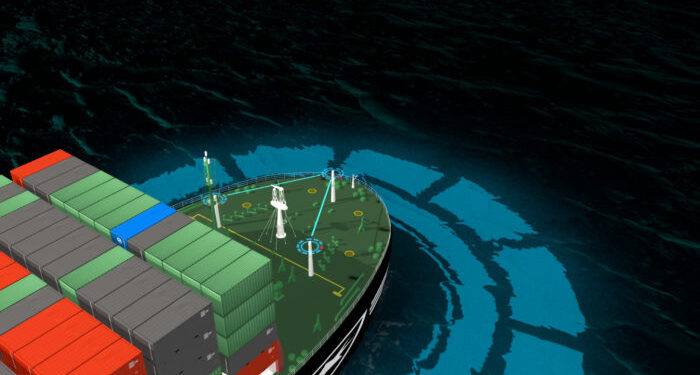Maritime UK launched Version 5 of the Industry Code of Practice for Maritime Autonomous Ship Systems.
The Code has been used by manufacturers, service providers, and others as part of their day-to-day work. Many manufacturers have reported clients requiring compliance with the Code as a basis for contractual negotiations.
While previous versions focused on the design, manufacture and operation of vessels, with significant focus on skills, training, cyber security, pilotage, dynamic positioning, and Vessel Data Recording, Version 5 adds guidance on:
- Certification and registration;
- Training and Certification scheme for Dynamic Positioning (DP) Station Keeping Systems for Remote Operations (Remote DP Operator Certificate);
- Vessel Data Recording;
- Safety culture;
- Navigation products and data;
- Reporting of marine casualties, incidents and near misses;
- Managing Remote Control Centre (RCC) workforce wellbeing.
The Maritime UK Autonomous Systems Regulatory Working Group (MASRWG) published the first Code of Practice to global industry-wide acclaim in November 2017, followed by the second version in November 2018, third in November 2019 and fourth in November 2020.
Autonomy is changing the way we live and work, and it’s therefore vital that ahead of regulation, the working group continues to provide robust guidance on MASS to those that need it
Sarah Kenny, Chair of Maritime UK, said, with Robert Courts MP, Maritime Minister at the Department for Transport, adding that “autonomous shipping has the potential to drive forward the global maritime sector.”
The Code of Practice provides the ideal focus to enable industry to develop ahead of the eventual regulatory framework. Version 5 of the Code of Practice provides the platform for a variety of important updates with some new and revised guidance
explained James Fanshawe, the MASRWG Chair.
As for Andy McKeran, LR’s Business Director of Maritime Performance Services, he believes that as systems are adopted, it is fundamental that safety is ensured at each stage.
We hope the Code will continue to be used by manufacturers, service providers and others across the supply chain as the industry embraces such technology






























































